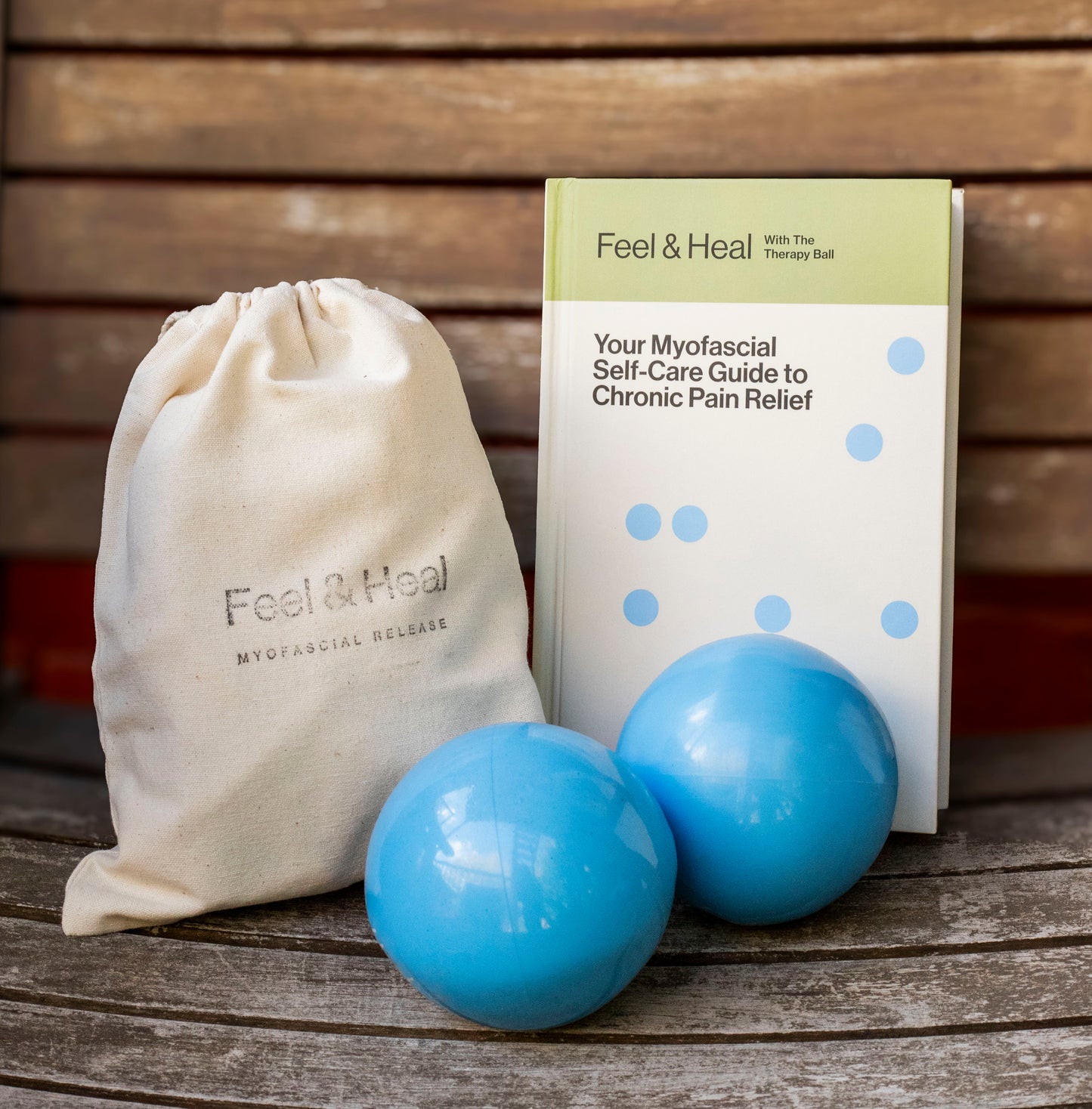Fascia: The Body’s Hidden Web
If you could see beneath your skin, you’d discover a shimmering, continuous web of tissue that wraps around everything in your body : your muscles, bones, organs, nerves, and blood vessels. This web is called fascia, and it’s one of the most overlooked systems in modern anatomy.
In your body, fascia is everywhere. It doesn’t stop at the borders of a muscle or an organ; instead, it weaves everything together (even at the cellular level!) into a single, unified whole. This is why fascia is often described as the main fabric of the body : the inner architecture that gives you both form and fluidity.
Structure, Support and Protection
One of fascia’s most essential roles is to support and organize the body’s structures. Think of it like the soft scaffolding that holds everything in place, maintaining the body’s internal shape while allowing it to move freely.
This network of tension is what gives your body its shape, balance, and posture. It’s how you can stand, move, and adapt to gravity without collapsing. Every small movement or restriction in the fascial web subtly shifts this balance, influencing the entire structure — from the way your spine curves to how your feet meet the ground.
A healthy fascia also acts as a shock absorber. Its elastic, hydrated fibers distribute the impact of every movement, from walking to jumping, across the entire network. Instead of one joint or muscle taking all the strain, the fascia spreads mechanical forces evenly, protecting delicate structures.
Communication and Connection
Fascia isn’t just structural; it’s also alive and responsive. Rich in sensory nerve endings, it acts as one of the body’s main communication systems.
Fascia has been described as a sensory organ because it is rich in nerve endings. It contains more sensory receptors than muscles, making it one of the body’s most sensitive organs of perception. These receptors constantly send information to the nervous system.
This means fascia plays a central role in proprioception — our ability to sense where our body is in space — and in interoception, our awareness of internal sensations.
The Role of Fascia in Movement
Fascia gives your body its elasticity, flexibility, and strength.
It allows your muscles to slide over one another, transfers energy efficiently between them, and helps coordinate movement as a single, harmonious action rather than a collection of separate parts.
When fascia is hydrated and supple, it behaves like a smooth, gliding silk.
But when it becomes dry or adhered, movement can feel limited : you might feel stiff, or notice pain that shifts from one area to another without a clear cause.
Fascia Supports Cellular Nutrition
Because it's the environnement of every cell of our body, fascia plays a vital role in cellular nutrition and metabolic health. When it’s well-hydrated and mobile, fluids can flow freely, allowing cells to receive what they need and eliminate what they don’t. Fascia is essential to get our cells hydrated and nourished.
So Many Other Things
Fascia’s influence doesn’t stop there. It actually affects every system of the body. Because it connects everything to everything else, any change in the fascial web has the potential to affect circulation, breathing, digestion, the nervous system, immunity, and even emotional well-being.
Scientifically speaking, fascia continues to reveal new roles. It helps circulate fluids such as blood and lymph. It plays a part in tissue repair and regeneration, as its cells (fibroblasts) constantly respond to mechanical stress and adapt the tissue accordingly. Fascia also contributes to energy storage and return, especially in the lower limbs, acting like an elastic spring that saves energy when we walk or run.
And beyond the purely physical, fascia influences how we feel and sense ourselves. Because it’s intertwined with the nervous system, emotional stress or trauma can leave an imprint in the fascial tissue, changing its tone and tension. This is why working with fascia often brings not only physical relief, but also emotional release and reconnexion.
So yes, fascia is far more than just connective tissue. It’s the continuous, intelligent network that links structure, movement, sensation, and vitality. The living matter that holds your entire being together.

